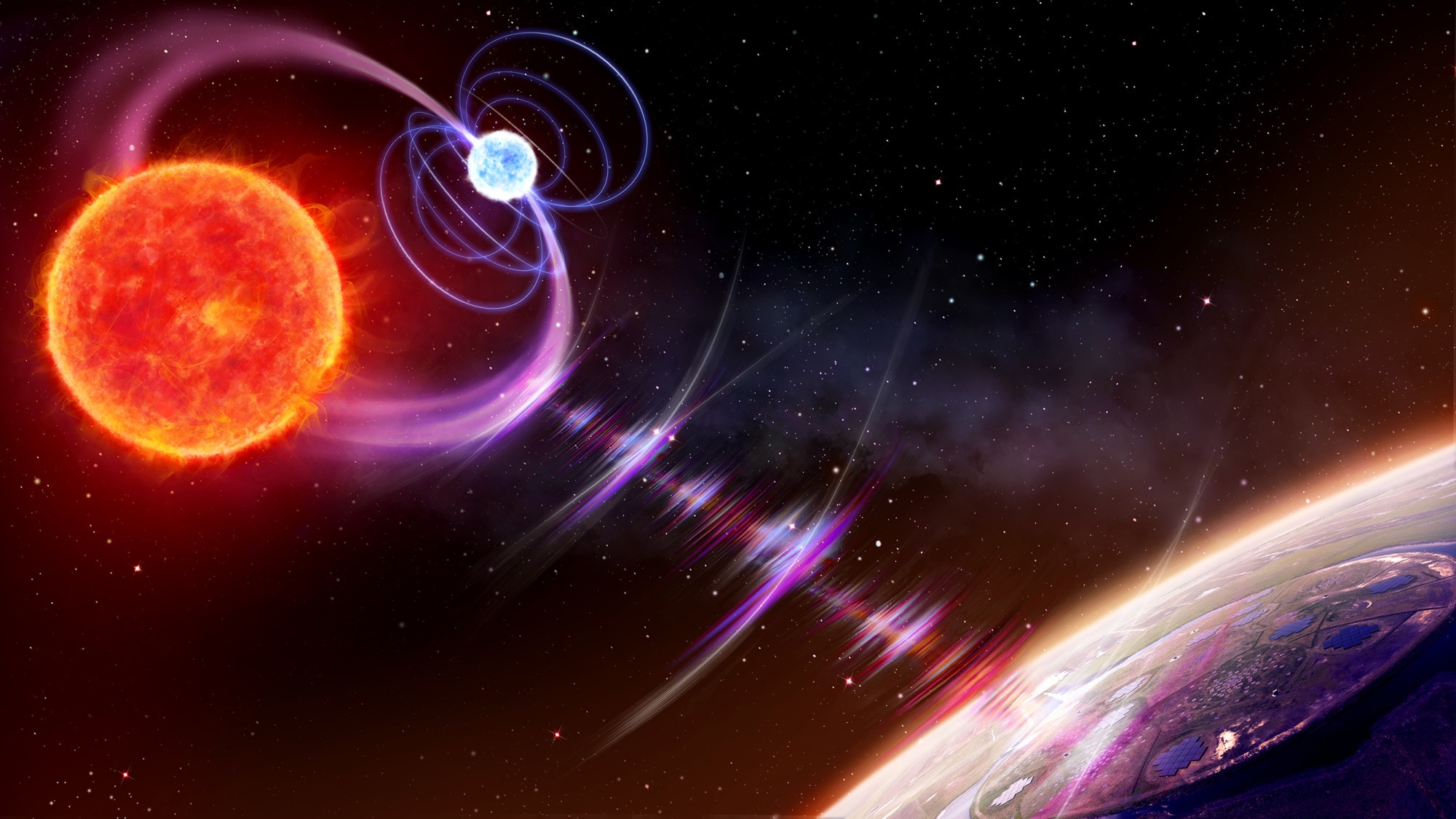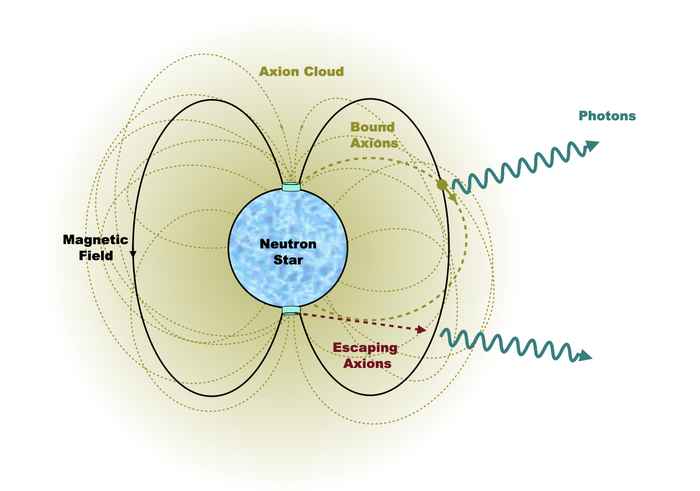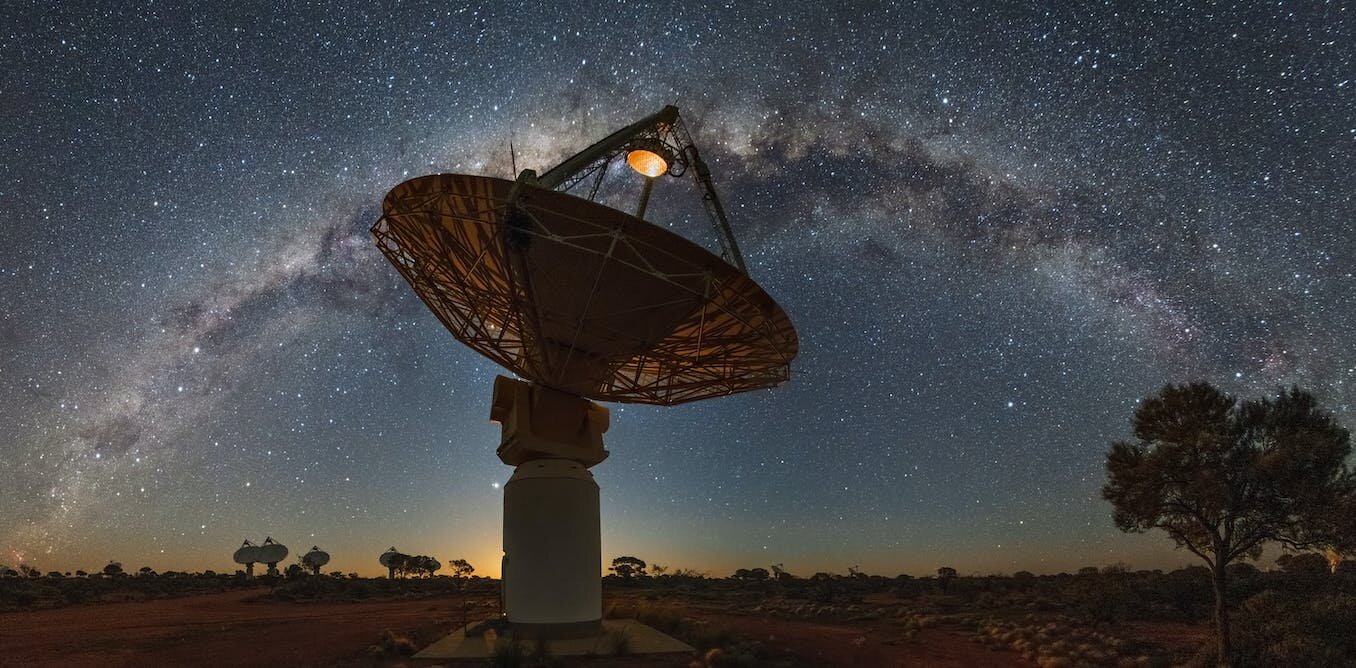
We now know it isn’t just neutron stars that emit such pulses. A white dwarf and a red dwarf star have been discovered closely orbiting each other emitting radio pulses every two hours. Their findings means we know it isn’t just neutron stars that emit such pulses, but these are spaced unusually far apart.
An international team of astronomers led by Dr Iris de Ruiter, now at the University of Sydney, has shown that a white dwarf and a red dwarf star orbiting each other every two hours are emitting radio pulses.
Thanks to follow-up observations using optical and x-ray telescopes, the researchers were able to determine the origin of these pulses with certainty. The findings explain the source of such radio emissions found across the Milky Way galaxy for the first time.
The resu...
Read More









Recent Comments